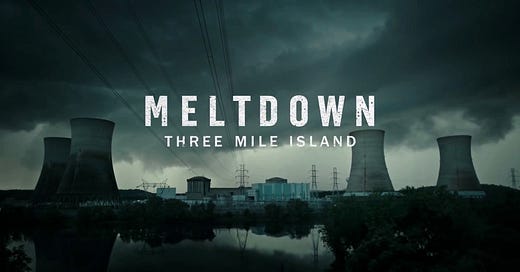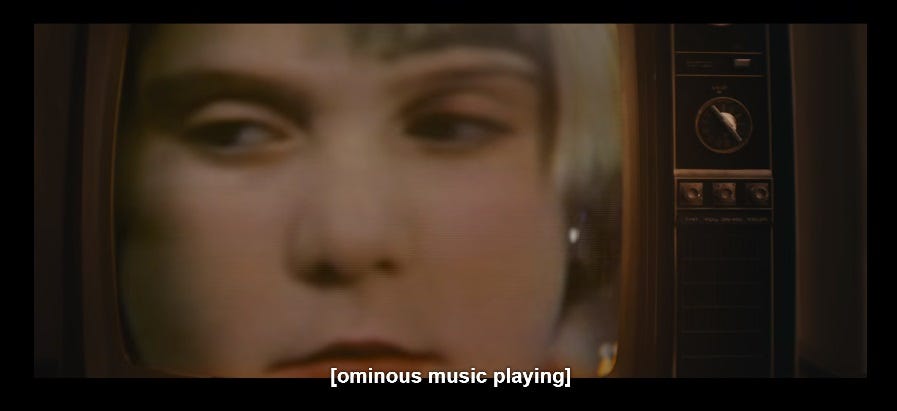☢️ Can the global nuclear renaissance survive a big accident?
The new Netflix documentary 'Meltdown: Three Mile Island' shows elemental energy opponents are stuck in the past
Item: In a panel discussion at the United Nations on Tuesday, a collection of nuclear energy leaders from around the world gathered to discuss why it’s so critical that the industry work together to ensure gold-standard safety measures are adopted everywhere. Demand for advanced nuclear reactors will be worth about $1 trillion globally, said U.S. Secretary of Energy Jennifer M. Granholm, according to an estimate from the Department of Energy. That includes the jobs to building those reactors and all the associated supply chains that will need to ramp up to support the industry. “Bottom line is spreading advanced nuclear energy is a priority for us,” Granholm said. “Of course, these technologies all have to begin and end with nuclear safety and security.” A nuclear accident anywhere has the potential to upset the most major momentum the nuclear industry has had in decades. - “Nuclear power is on the brink of a $1 trillion resurgence, but one accident anywhere could stop that momentum” - CNBC, 08/03/2022.
My skepticism about Meltdown: Three Mile Island, a new four-part, Netflix documentary about the worst nuclear accident in US history, unfortunately began about 30 seconds into the first episode. Check out this opening sequence, an interview with a scared little boy from Middletown, Penn. — where TMI was located — that was apparently conducted right around the time of the March 1979 incident:
There’s a lot of this sort of thing in Meltdown, archival and current interviews with the survivors talking about their fears. Of course, “survivors” is maybe a sub-optimal word since there were no casualties from the accident apart from the US nuclear industry. And given that inconvenient reality, the filmmakers had to pair all that ominous music with lots of in media res speculation from panicked residents of the town.
But my initial skepticism wasn’t fully confirmed until I realized that one of the villains of the piece, in addition to plant operator Metropolitan Edison, is President Jimmy Carter, who, according his official biography, “took graduate work at Union College in reactor technology and nuclear physics and served as senior officer of the pre-commissioning crew of the Seawolf, the second nuclear submarine.” His visit to TMI during the crisis is narrated and given a caustic interpretation by whistleblower Rick Parks who contends a much worse accident was narrowly avoided:
When President Carter got there, everything was pretty much still in a state of chaos. There was a potential that the hydrogen bubble was gonna’ blow up. But with the president showing up at Three Mile Island — that reinforced to the nuclear industry that “Hey, you know, guys, I’m kinda on your side here” and showing everybody “Nuclear is not bad.”
But the filmmakers think nuclear is kind of bad. Later on, they use an anti-nuclear activist as their avatar to conclude that the investigation conducted by Carter’s presidential commission on the TMI accident was a “whitewash.” That scene is then followed by footage of Carter suggesting the report was a serious inquiry, and “we cannot shut the door on nuclear power for the United States.”
Keep reading with a 7-day free trial
Subscribe to Faster, Please! to keep reading this post and get 7 days of free access to the full post archives.








